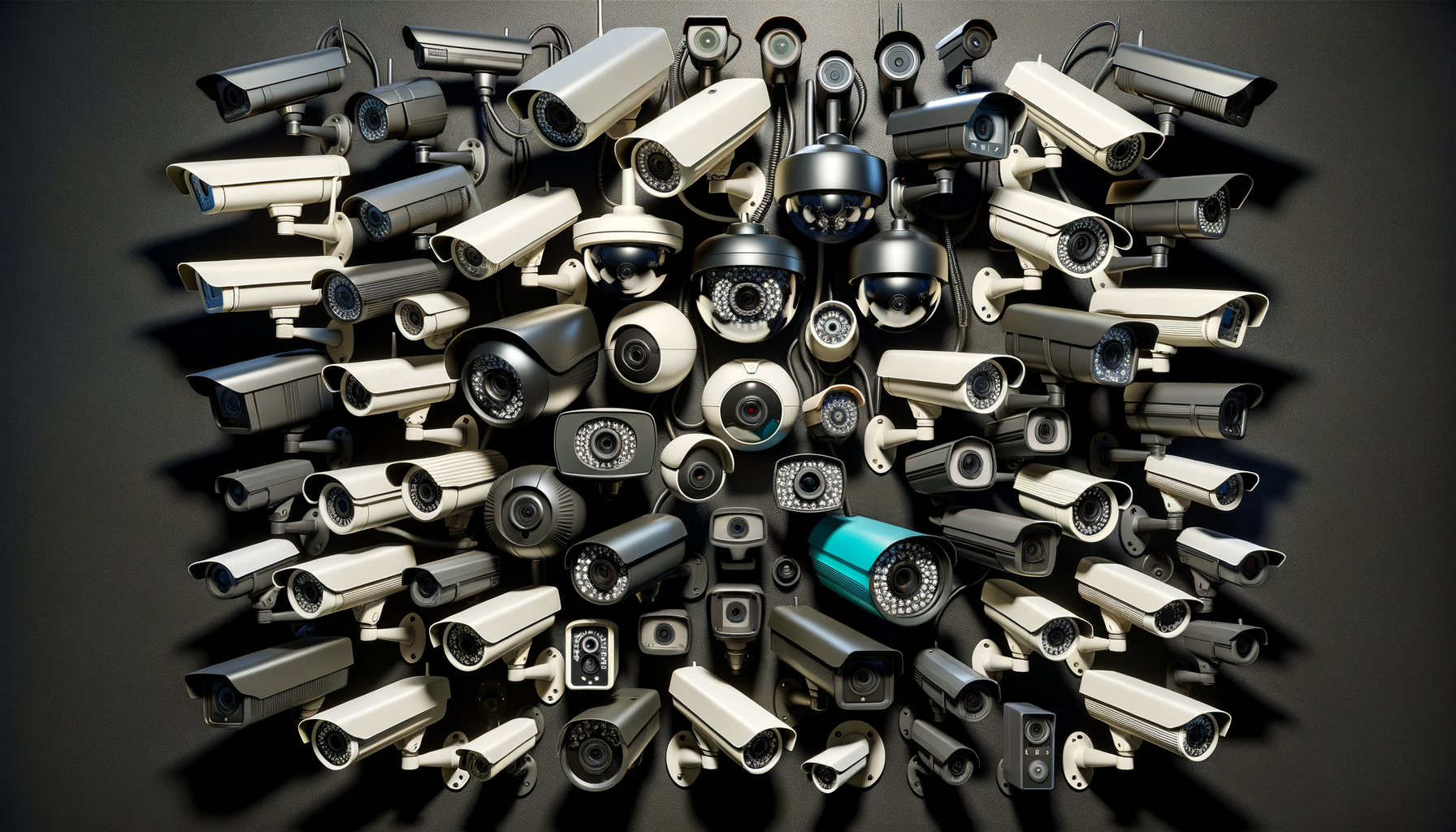Introduction to Security & Surveillance Cameras
In today’s world, security and surveillance cameras have become essential tools for ensuring safety and peace of mind in both residential and commercial settings. With advancements in technology, these cameras offer a range of features that cater to various security needs. Whether you’re looking to protect your home or monitor a business, understanding the options available in the U.S. market is crucial. This article delves into the different types of security cameras, their features, and what makes them suitable for specific environments.
Types of Security Cameras
Security cameras come in various forms, each designed to meet specific surveillance needs. Here are some common types:
- Dome Cameras: Known for their discreet design, dome cameras are often used in retail and office settings. Their dome shape makes it difficult to determine the direction the camera is facing, providing an added layer of security.
- Bullet Cameras: These cameras are recognizable by their long, cylindrical shape. They are ideal for outdoor use due to their range and ability to withstand harsh weather conditions.
- PTZ Cameras: PTZ stands for Pan, Tilt, and Zoom. These cameras offer the flexibility to adjust the field of view remotely, making them perfect for large areas like parking lots.
- IP Cameras: Internet Protocol cameras transmit data over a network. They are known for their high-resolution video quality and advanced features like motion detection and event-triggered alerts.
Choosing the right type of camera depends on factors like location, coverage area, and specific security requirements.
Key Features to Consider
When selecting a security camera, it’s essential to consider features that align with your security goals. Here are some key features to look for:
- Resolution: Higher resolution cameras provide clearer images, which is crucial for identifying faces or license plates.
- Night Vision: Cameras equipped with infrared LEDs can capture footage in low-light conditions, making them vital for nighttime surveillance.
- Field of View: A wider field of view means fewer cameras are needed to cover a large area.
- Connectivity: Wireless cameras offer flexibility in installation, while wired cameras may provide more reliable connections.
- Storage Options: Consider whether the camera supports local storage (SD card) or cloud storage, depending on your preferences for data access and security.
These features play a significant role in determining the effectiveness of your security system.
Installation and Maintenance
Proper installation and maintenance are crucial for the optimal performance of security cameras. Here are some tips:
- Placement: Install cameras at strategic locations to cover entry points and vulnerable areas. Avoid blind spots by overlapping the fields of view of multiple cameras.
- Height: Position cameras at a height that prevents tampering while ensuring a clear view of the area.
- Regular Checks: Conduct routine maintenance checks to ensure cameras are functioning correctly. Clean lenses and check for obstructions that may affect image quality.
By adhering to these guidelines, you can maximize the lifespan and effectiveness of your security camera system.
Conclusion: Making an Informed Choice
Security cameras are more than just a deterrent; they are a critical component of a comprehensive security strategy. By understanding the types of cameras available, evaluating key features, and ensuring proper installation and maintenance, you can make an informed choice that meets your specific security needs. Whether for home or business use, investing in the right surveillance system can provide peace of mind and protection for what matters most.



Leave a Reply